Home > Blog > What are the performance characteristics of stainless steel pipes after bright annealing treatment?
-
 Laijing Bu
Hi there! Welcome to my shop. Let me know if you have any questions.
Laijing Bu
Hi there! Welcome to my shop. Let me know if you have any questions.
Your message has exceeded the limit.

What are the performance characteristics of stainless steel pipes after bright annealing treatment?
2025-07-18 13:25:17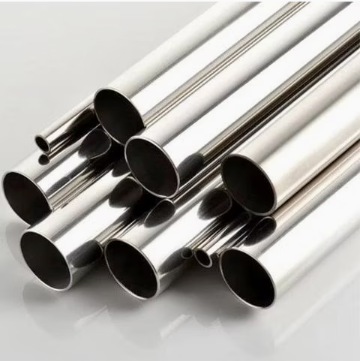
The stainless steel tubes subjected to bright annealing treatment have remarkable advantages in multiple aspects in terms of performance. These characteristics enable them to be widely applied in high-end manufacturing and specialized fields. The following are the main performance features and principle analyses of these tubes:
I. Surface Quality: High Glossiness and Mirror Finish
1. No Oxide Layer and Bright Surface
The bright annealing process is carried out in an inert gas (such as nitrogen or argon) or a reducing atmosphere (such as a mixture of hydrogen and nitrogen), avoiding the formation of oxide layers caused by oxygen in traditional annealing processes. After treatment, the surface of the stainless steel tube presents the original metal color, with a roughness (Ra) that can be controlled below 0.2 μm, approaching a mirror finish, and no additional polishing process is required.
Application Scenarios: Medical devices (such as surgical instruments), food and beverage equipment (to avoid residue of impurities), decoration projects (such as building facades).
2. High Surface Cleanliness
The protective atmosphere inhibits the adsorption of carbon, sulfur, and other impurities, resulting in a surface without oil stains, oxides, or contaminants, meeting high cleanliness requirements (such as gas delivery pipelines in the semiconductor industry).
II. Mechanical Properties: Stress Elimination and Toughness Optimization
1. Elimination of Work Hardening and Internal Stress
After cold processing (such as rolling and stretching), stainless steel tubes will undergo work hardening, resulting in increased hardness and decreased toughness. Bright annealing heats the material to the recrystallization temperature (typically 650-1050°C, adjusted according to the material), causing the deformed grains to re-crystallize into uniform fine grains, significantly reducing internal stress (residual stress reduced by over 80%) and restoring the material's toughness.
Typical data: After bright annealing, the tensile strength of 304 stainless steel may decrease by 10%-15%, but the elongation increases from 30% after cold processing to over 45%.
2. Balance of Strength and Toughness
Compared to ordinary annealing, the temperature control in bright annealing is more precise, avoiding excessive grain growth (overheating), so the material's strength will not significantly decrease, while toughness is significantly improved, making it suitable for subsequent bending, welding, etc. processing.
III. Corrosion Resistance: Optimized Passivation Film and Intergranular Corrosion Inhibition
1. Uniform and Dense Passivation Film
After bright annealing, the chromium oxide (passivation film) on the surface of stainless steel is more evenly distributed, with a thickness of approximately 1 to 3 nm. This can effectively prevent medium erosion. Especially for austenitic stainless steel (such as 304, 316), the integrity of the passivation film is improved, and the corrosion resistance to acids, alkalis, and salts is enhanced.
Experimental data: After 316L stainless steel undergoes bright annealing, the corrosion rate in a 5% sodium chloride solution is reduced by approximately 30%.
2. Inhibition of Intergranular Corrosion Tendency
For stainless steel with a higher carbon content (such as 304), if the annealing temperature is controlled within 450 to 850℃ (the sensitization temperature range), chromium carbide (Cr23C6) may precipitate, leading to intergranular corrosion. However, bright annealing reduces the precipitation of carbides through rapid heating and cooling (or by using low-carbon materials), thereby enhancing the resistance to intergranular corrosion (such as through the intergranular corrosion test according to GB/T 4334).
IV. Dimensional Accuracy and Microstructure Stability
1. Strict Dimensional Tolerance
During the annealing process, equipment such as roller-bottom furnaces or belt furnaces are used, combined with precise temperature control. The deformation of the steel pipe is extremely small (the diameter tolerance can be controlled within ±0.05mm), which is suitable for the high-precision pipe parts requirements in fields such as precision instruments and aerospace.
2. Uniform and Fine Microstructure
After annealing, the grain size is usually 5-10 levels (in accordance with ASTM standards), the uniformity of the structure is improved, avoiding the fibrous structure caused by cold processing, reducing the anisotropy of the material, and making the mechanical properties more stable.
V. Other Performance: Processing Adaptability and Functional Characteristics
1. Improved Welding Performance
After eliminating internal stress, the risk of welding cracks in stainless steel pipes is reduced, and the surface is free of oxide scale. No additional cleaning is required during welding, making it suitable for automatic welding processes (such as track welding for food-grade pipes).
2. Magnetic Permeability Control (for specific materials)
For austenitic stainless steel (such as 304), bright annealing can further reduce the weak magnetism (caused by martensitic transformation) resulting from cold processing, keeping it non-magnetic and meeting the requirements of scenarios sensitive to magnetic interference (such as medical and electronic equipment).
3. High Temperature Resistance and Oxidation Resistance
The stability of the surface passivation film improves after annealing, and its oxidation resistance in high-temperature environments (such as 300-500°C) is enhanced, making it suitable for applications such as heat exchangers and boiler pipes.
VI. Performance Differences of Different Materials
Austenitic Stainless Steel (304, 316): Focuses on enhancing corrosion resistance and toughness, suitable for chemical industries and marine environments.
Ferritic Stainless Steel (430): After annealing, its hardness decreases more significantly, improving machinability, but its corrosion resistance is slightly inferior to that of austenitic.
Martensitic Stainless Steel (410): The annealing temperature needs to be controlled to avoid excessive hardness reduction. It is mainly used in scenarios where both strength and surface requirements need to be considered (such as tools, valves).
Summary: The core application logic of performance advantages
Bright annealing achieves the triple optimization of "high surface quality + excellent corrosion resistance + good machinability" without sacrificing strength. These characteristics make it a key foundational material for high-end manufacturing, especially in industries with core demands of "cleanliness, corrosion resistance, and precision" where it is irreplaceable.
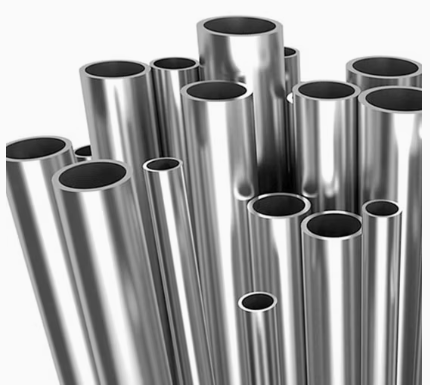
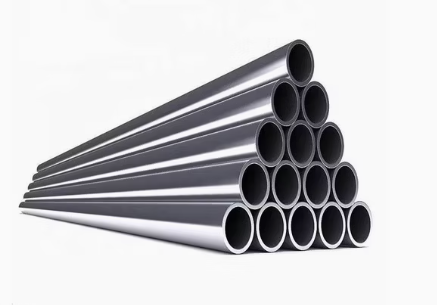
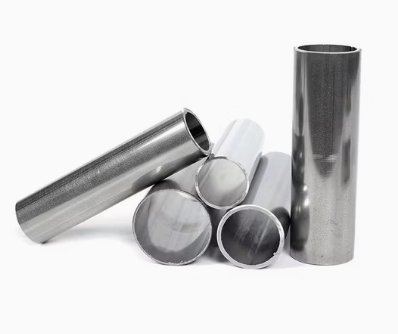
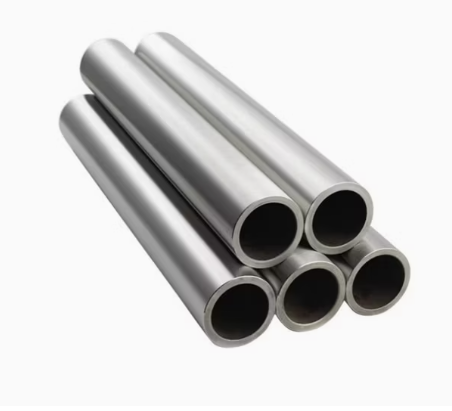
#Knowledge about Stainless Steel Pipes# #Knowledge about Seamless Stainless Steel Pipes# #Stainless Steel [Discussion]#
Tags: stainless steel pipes, annealing treatment, High Surface Cleanliness


